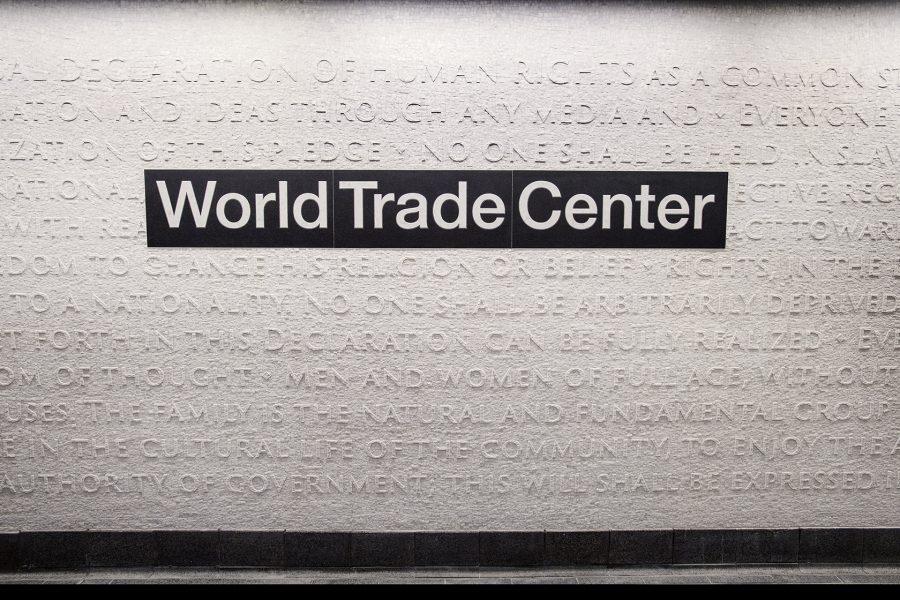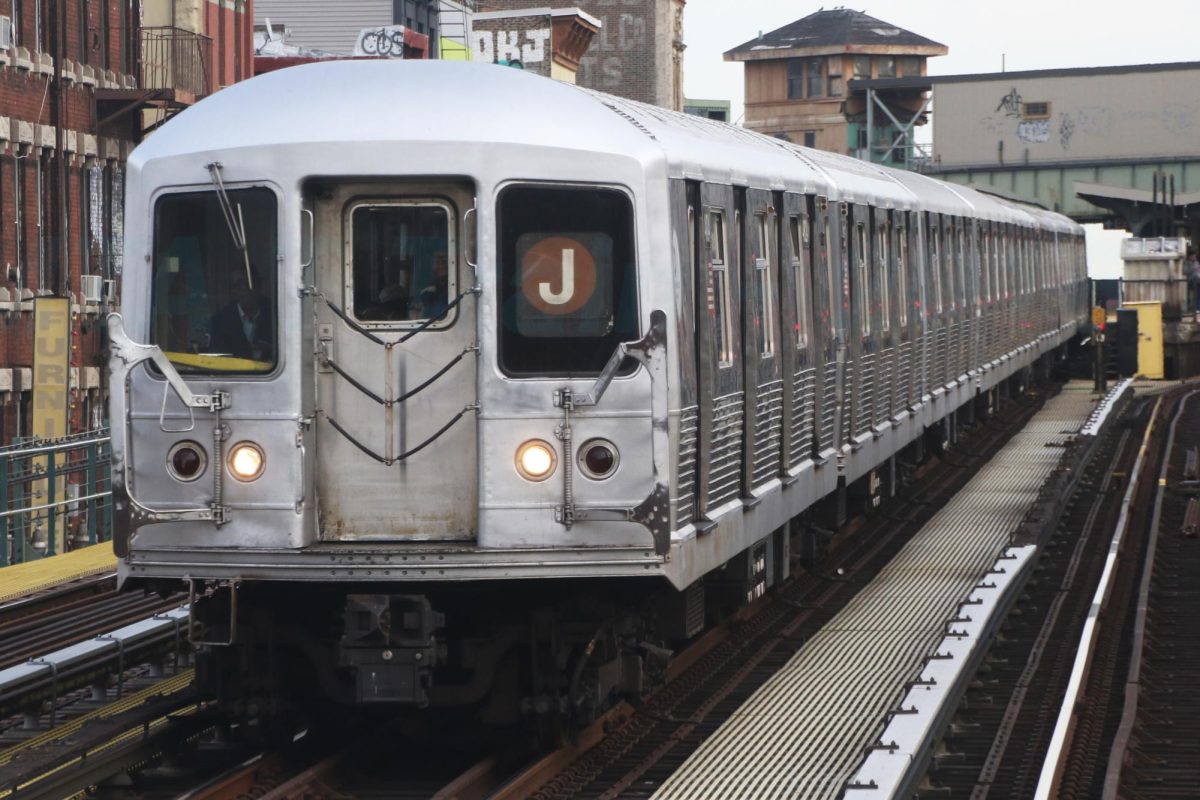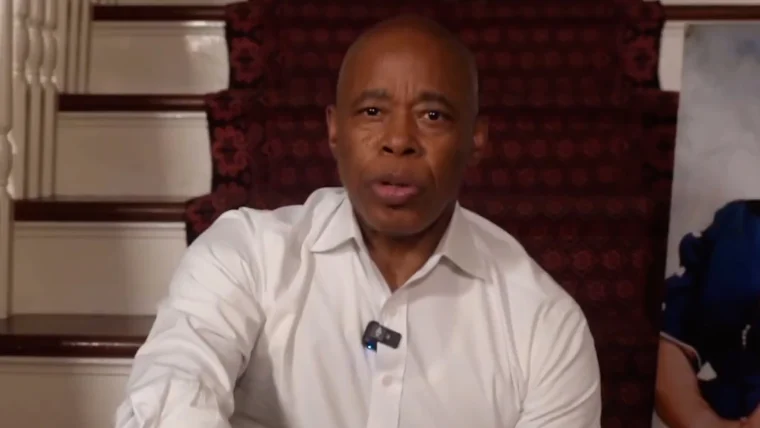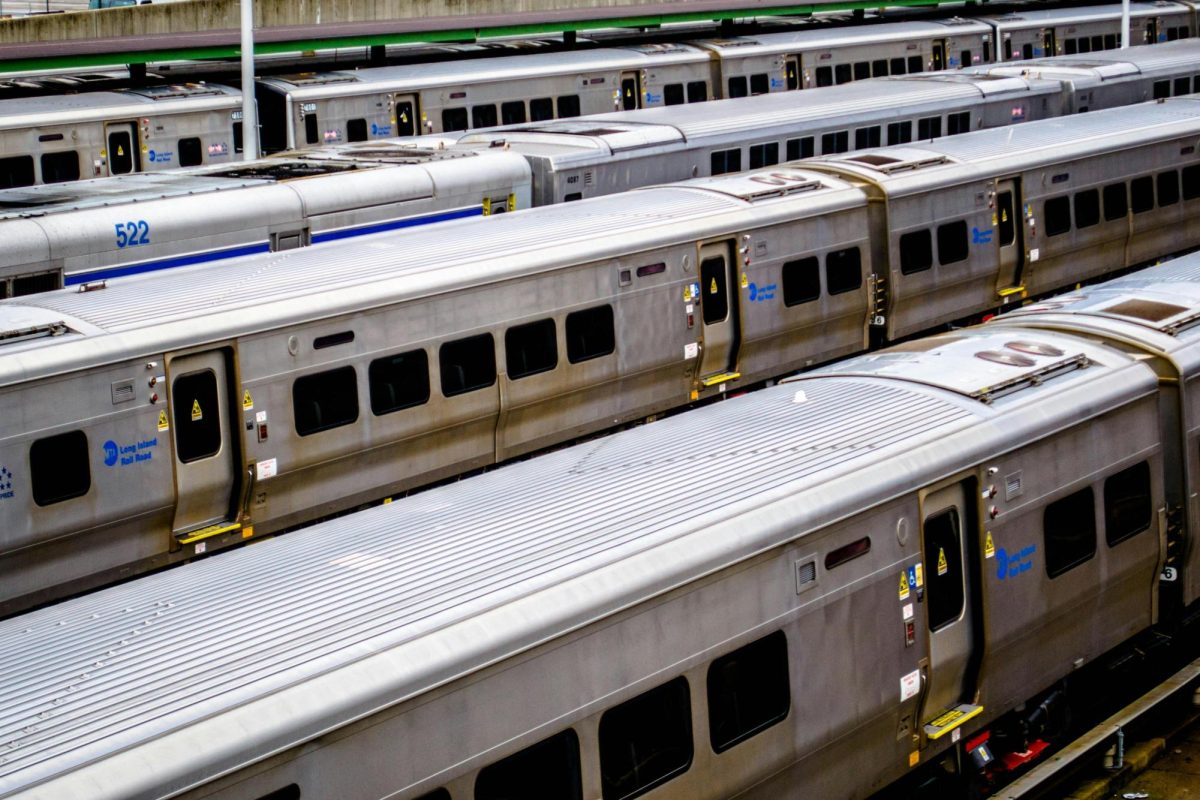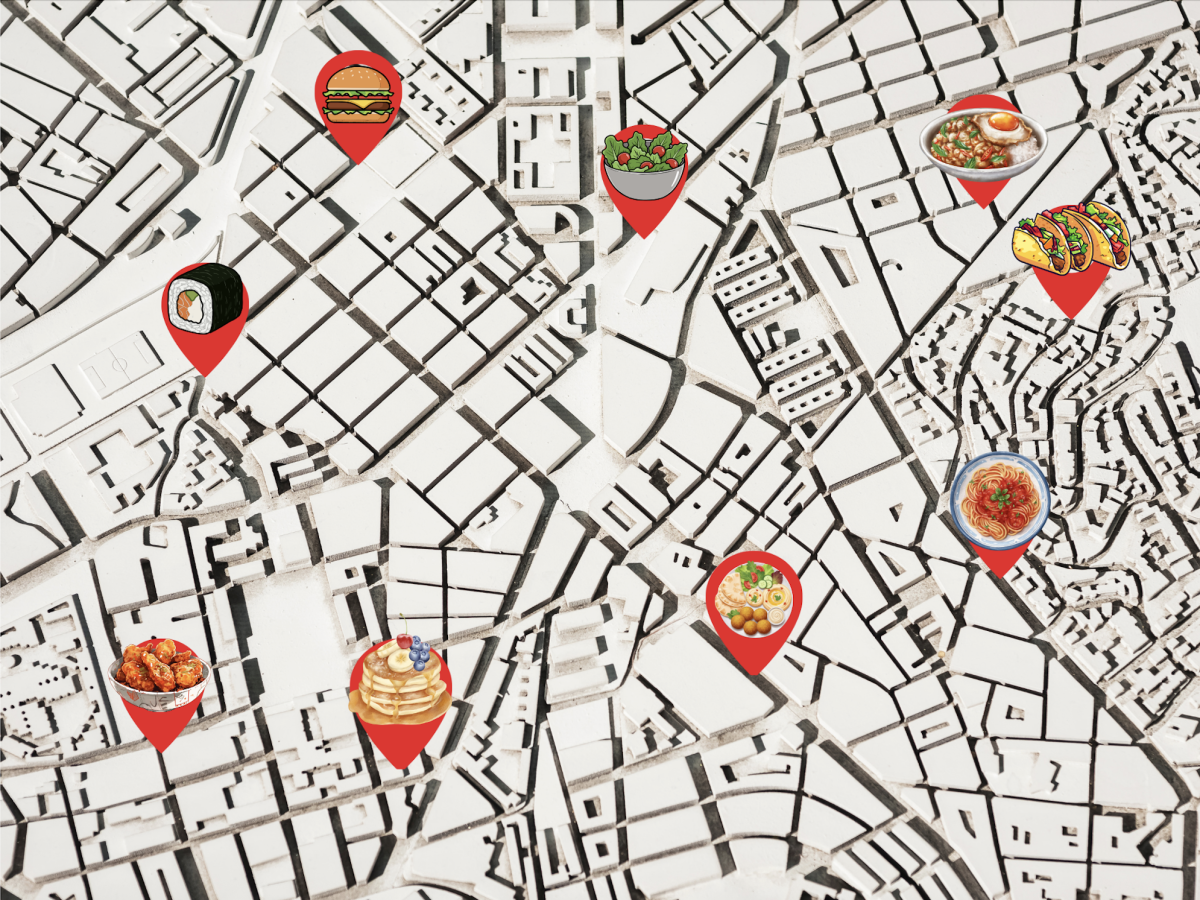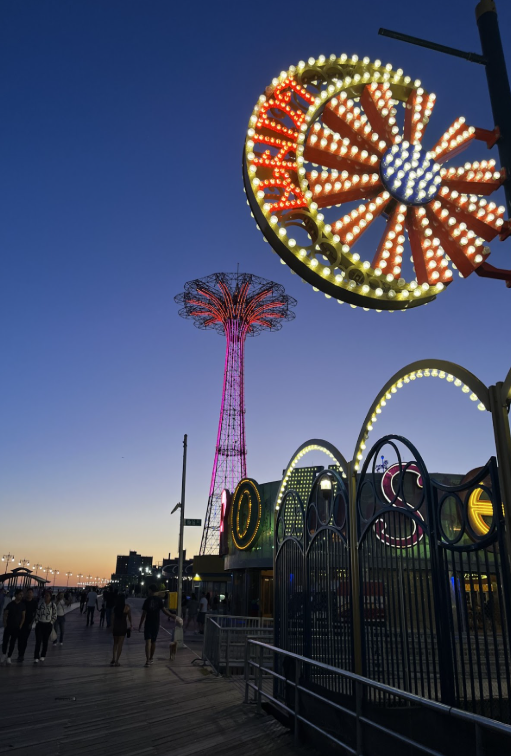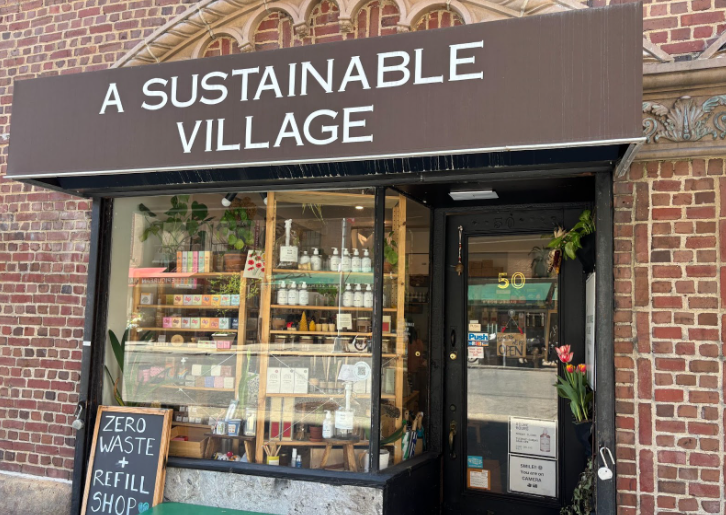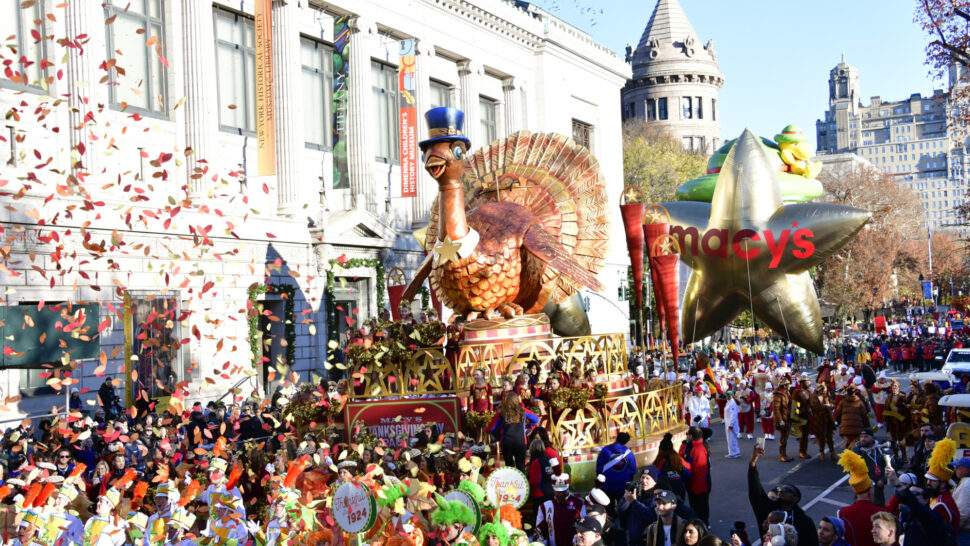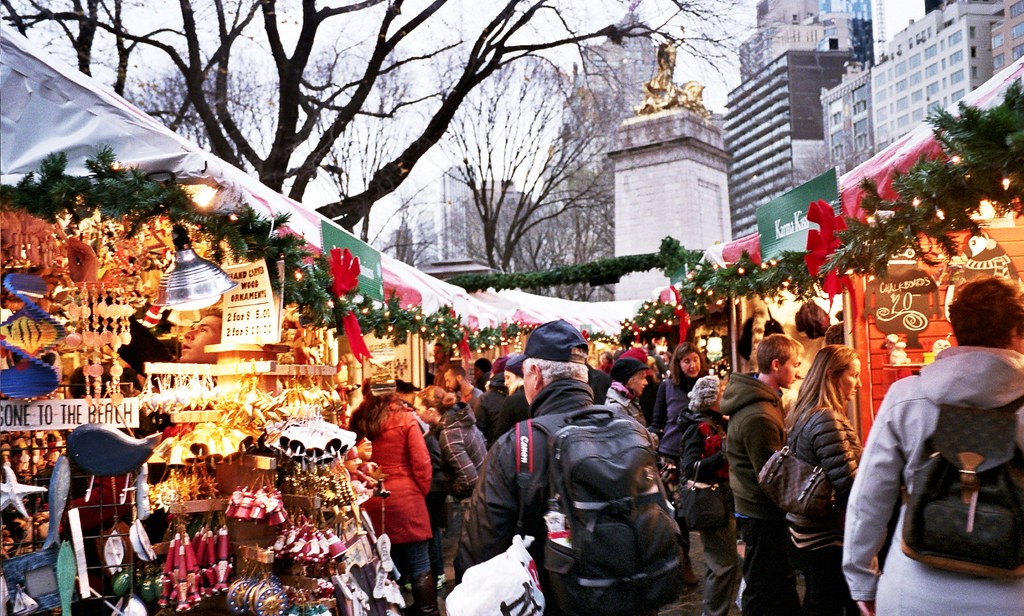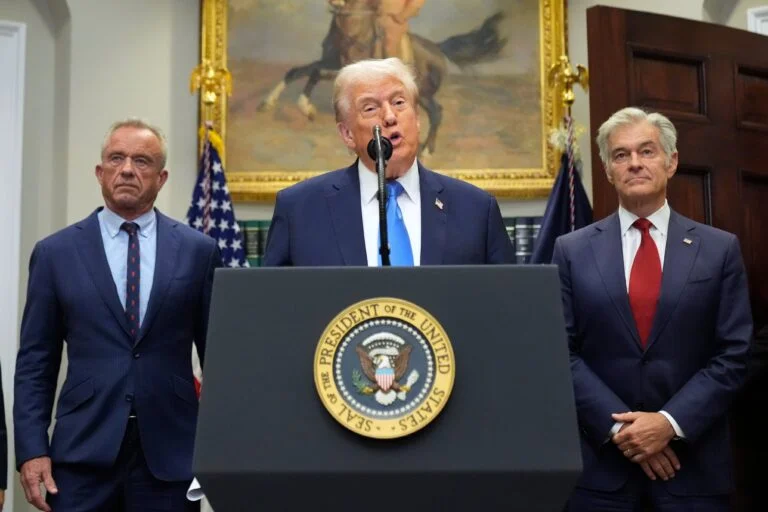After the Cortlandt Street station was destroyed in the 9/11 attacks, it sat untouched by New Yorkers for almost 17 years. Since work began in 2015, the MTA has spent $180 million dollars rebuilding the station, and finally unveiled the finished station on Sep. 8 as “WTC Cortlandt”.
A 1 train pulling into the station for the first time since 2001 was met with applause from commuters waiting on the platform, some even recording it and sharing it across social media.
However, posts on Twitter and Facebook included responses from locals who were frustrated by the time it has taken to reconstruct the station, as well as photos of deteriorating stations across the city. They also cited the high price tag as money that could have been spent improving the subway system in the city, which many feel is neglected.
Still, for those in Lower Manhattan, the station serves less as a transit necessity and more of a symbol for resilience. Etched into the station’s pristine white walls, an art piece by Ann Hamilton highlights famous American documents. Also, over the loudspeaker, MTA employees can be heard referring to the station stop as “World Trade Center”, as they are instructed to announce its full name rather than the acronym “WTC”.
The station is remotely calm compared to the adjacent Fulton Center, which buzzes with commuters from the five boroughs as well as New Jersey. Its modern design contrasts the Chambers St J/Z Station a couple of blocks away, that features chipping paint and rusted rails. Many University students commute to and from school, including University freshman Daniella Gostev, who said of the worsening system, “Not only do the subways run behind schedules, but the overall quality of service and station cleanliness has significantly decreased.”
While some may still be on the fence about the station, many view it as the last step to rebuild what was lost, and remain hopeful that it will mark the beginning of a new era of public transportation in New York City.
Credit: Metropolitan Transportation Authority

